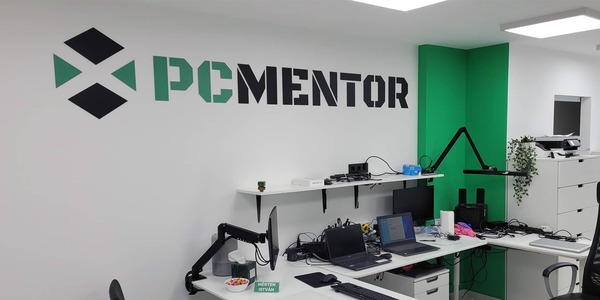- Vékonyabb lett, jobb kamerát kapott, de az akku maradt a régi: itt a Fold7
- Google Pixel topik
- MiLi MiTag, MiLi LiTag bluetooth trackerek
- Egyesíti a Google az Android és a ChromeOS rendszereket
- Huawei P9 Lite (2017) - nevezzük nevén
- Sony WF-C710N - átlátok rajta
- Igazi csúcskészülék lett a Poco F7 Ultra
- Huawei P20 Pro - profit csinál minden fotósból
- Bemutatkozott a Poco X7 és X7 Pro
- Samsung Galaxy Watch6 Classic - tekerd!
Új hozzászólás Aktív témák
-

Abu85
HÁZIGAZDA
De a Sony találta ki a megoldást. Az AMD pedig csinált rá egy hardvert a Sony javaslataival. Viszont ez ettől még a Sony-é. Az AMD ugyanakkor látta a megoldást, tehát lemásolta magának. A TrueAudio DSP is a Sony-é volt, az AMD csak belerakta a GPU-iba. A manapság alkalmazott ACE konfiguráció is Cerny ötlete volt. A Sony-t ez valószínűleg nem zavarja, mert így csak nő a célozható konfigurációk száma, vagyis nagyobb az esélye, hogy a megoldásukat többen fogják használni. Az, hogy az AMD másolgatja az ötleteiket, közvetlenül és közvetve sem veszélyezteti a Sony pozícióját.
-

Raymond
titán
"We'd really like to know where the object and triangle boundaries are when performing spatial anti-aliasing, but contrast, Z [depth] and normal are all imperfect solutions," Cerny says. "We'd also like to track the information from frame to frame because we're performing temporal anti-aliasing. It would be great to know the relationship between the previous frame and the current frame better. Our solution to this long-standing problem in computer graphics is the ID buffer. It's like a super-stencil. It's a separate buffer written by custom hardware that contains the object ID."
It's all hardware based, written at the same time as the Z buffer, with no pixel shader invocation required and it operates at the same resolution as the Z buffer. For the first time, objects and their coordinates in world-space can be tracked, even individual triangles can be identified. Modern GPUs don't have this access to the triangle count without a huge impact on performance.
"As a result of the ID buffer, you can now know where the edges of objects and triangles are and track them from frame to frame, because you can use the same ID from frame to frame," Cerny explains. "So it's a new tool to the developer toolbox that's pretty transformative in terms of the techniques it enables. And I'm going to explain two different techniques that use the buffer - one simpler that's geometry rendering and one more complex, the checkerboard."
Új hozzászólás Aktív témák
- PROHARDVER! feedback: bugok, problémák, ötletek
- Kompakt vízhűtés
- Mibe tegyem a megtakarításaimat?
- Sütés, főzés és konyhai praktikák
- Vékonyabb lett, jobb kamerát kapott, de az akku maradt a régi: itt a Fold7
- Vicces videók
- BestBuy ruhás topik
- OLED TV topic
- Kerékpárosok, bringások ide!
- Audi, Cupra, Seat, Skoda, Volkswagen topik
- További aktív témák...
- MSI RTX 3080 Ti SUPRIM X 12GB GDDR6X Videokártya! BeszámítOK
- ASUS TUF Gaming GeForce RTX 3090 24GB GDDR6X
- Asus STRIX GTX 1080 Ti 11GB GDDR5X Videokártya!
- BESZÁMÍTÁS! Gigabyte AORUS MASTER RX 6800 XT 16GB GDDR6 videokártya garanciával hibátlan működéssel
- MSI GeForce VENTUS 3X RTX 3070 Ti 8GB OC GDDR6X 256bit videokártya
- AKCIÓ! MSI Z370 i5 9500 16GB DDR4 512GB SSD RX6600 8GB Cooler Master MB510L Chieftec 500W
- Honor Pad X8 64GB, Wi-Fi, 1 Év Garanciával
- ÁRGARANCIA! Épített KomPhone i5 14400F 32/64GB RAM RTX 5060Ti 8GB GAMER PC termékbeszámítással
- Samsung Galaxy S23 , 8/128 GB , Kártyafüggetlen
- Nintendo Switch bazár (Okosított Nintendo Switch konzolok, játékok, tartozékok)
Állásajánlatok
Cég: PCMENTOR SZERVIZ KFT.
Város: Budapest
Cég: Promenade Publishing House Kft.
Város: Budapest






